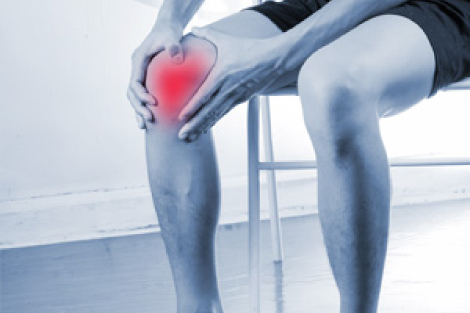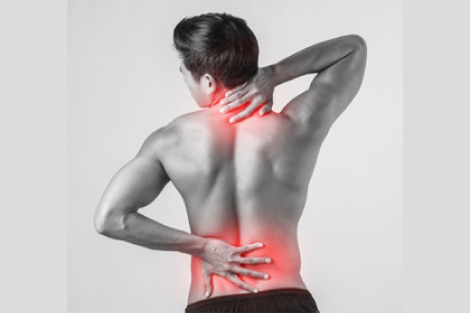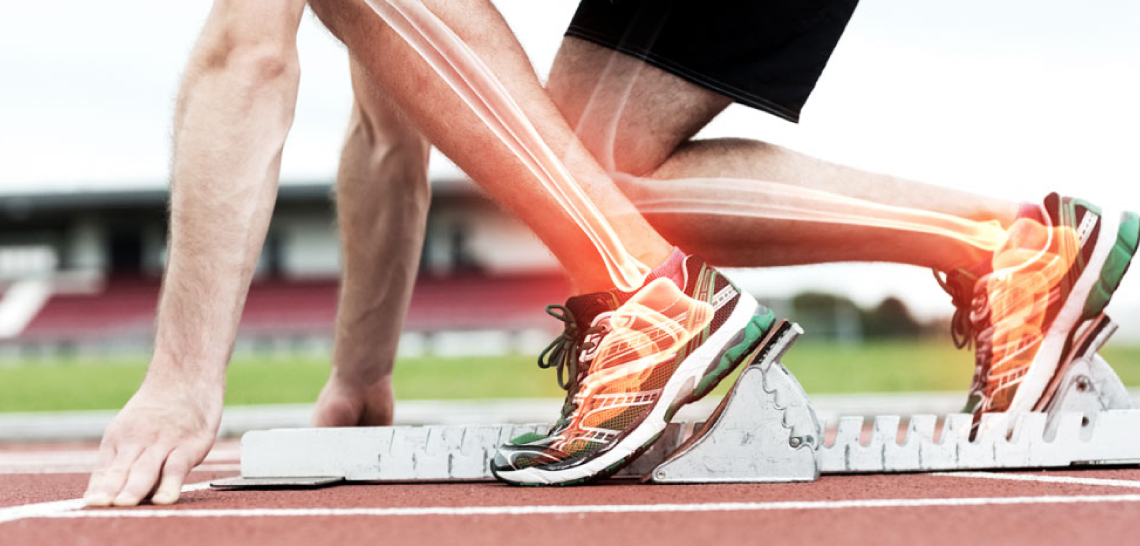Pain is an unpleasant and debilitating experience with distressing feeling. Pain in joints and bones are worst because it creates problems in day-to-day life.
Causes of joint pain:
1.Arthritis: Arthritis is an inflammation of the joints. It can affect one joint or multiple joints. Cartilage is a firm but flexible connective tissue in your joints. It protects the joints by absorbing the pressure and shock created when you move and put stress on them. A reduction in the normal amount of this cartilage tissue cause some forms of arthritis.
2. Osteoarthritis: Osteoarthritis (OA) is the most common type of arthritis. OA is caused by a breakdown in the cartilage that covers your joints. The protective tissue is damaged by age and repeated motion. This increases friction as the bones of your joints rub against each other. It can also cause damage to the bones.
3. Rheumatoid Arthritis: Rheumatoid arthritis (RA) is an autoimmune disease. It causes joint problems, such as: pain, swelling, stiffness, loss of function. It’s two to three times more common in women than in men.
4. Gout: Gout is a general term for a variety of conditions caused by a buildup of uric acid. This buildup usually affects your feet. If you have gout, you will probably feel swelling and pain in the joints of your foot, particularly your big toe.
5. Osteoporosis: Osteoporosis is a bone disease. Bone has small spaces, like a honeycomb. Osteoporosis increases the size of these gaps; thus bone loses strength and density. At the same time, the outside of the bone grows weaker and thinner and chances of fracture increases.
6. Sprains & Strains: Sprains and strains are injuries to the body, often resulting from physical activity. These injuries are common and can range from minor to severe, depending on the incident. Most sprains and strains are minor and don’t require medical attention.
7. Bursitis: Bursae are fluid-filled sacs found about your joints. They surround the areas where tendons, skin, and muscle tissues meet bones. The lubrication they add helps reduce friction during movement.
Top 14 Causes Of Joint And Bone Pain
8. Bone tumor: When cells divide abnormally and irresistible, they can form a mass or lump of tissue. This lump is called a tumor. Bone tumors form in bones. As the tumor grows, abnormal tissue can displace healthy tissue.
9. Bone infection (osteomyelitis): A bone infection, also called osteomyelitis, it is caused when bacteria or fungi invade a bone. Most commonly Staphylococcus aureus, travel through the bloodstream and can cause a bone infection. An infection may begin in one area of the body and spread to the bones via the blood stream. It usually appears in the hips, spine and feet.
10. Hypercalcemia: Hypercalcemia is a condition in which the calcium level in your blood is above normal. Too much calcium in your blood can weaken your bones. Hypercalcemia makes it hard for calcium to carry out its normal functions.
11. Osteosarcoma: Osteosarcoma is a bone cancer that typically develops in the shinbone (tibia) near the knee, the thighbone (femur) near the knee, or the upper arm bone (humerus) near the shoulder. It is an aggressive malignantneoplasmthat arises from primitive transformed cells of mesenchymal origin and that exhibits osteoblastic differentiation and produces malignant osteoid.
12. Acute Myeloid Leukemia: Acute myeloid leukemia (AML) is a cancer that occurs in your blood and in the marrow of your bones. The rapid growth of abnormal white blood cellsthat build up in the bone marrowand interfere with the production of normal blood cells. The number of abnormal cells grows rapidly.
13.Injury: Injury is a common cause of bone pain. Typically, this pain arises when a person goes through some form of trauma, such as a car accident or fall. The impact may break or fracture the bone. Any damage to the bone can cause bone pain.
14. Mineral deficiency: To stay strong, your bones require a variety of minerals and vitamins, including Calcium and Vitamin-D. A deficiency in calcium and vitamin-D often leads to osteoporosis, the most common type of bone disease. People in the late stages of osteoporosis often have bone pain.





